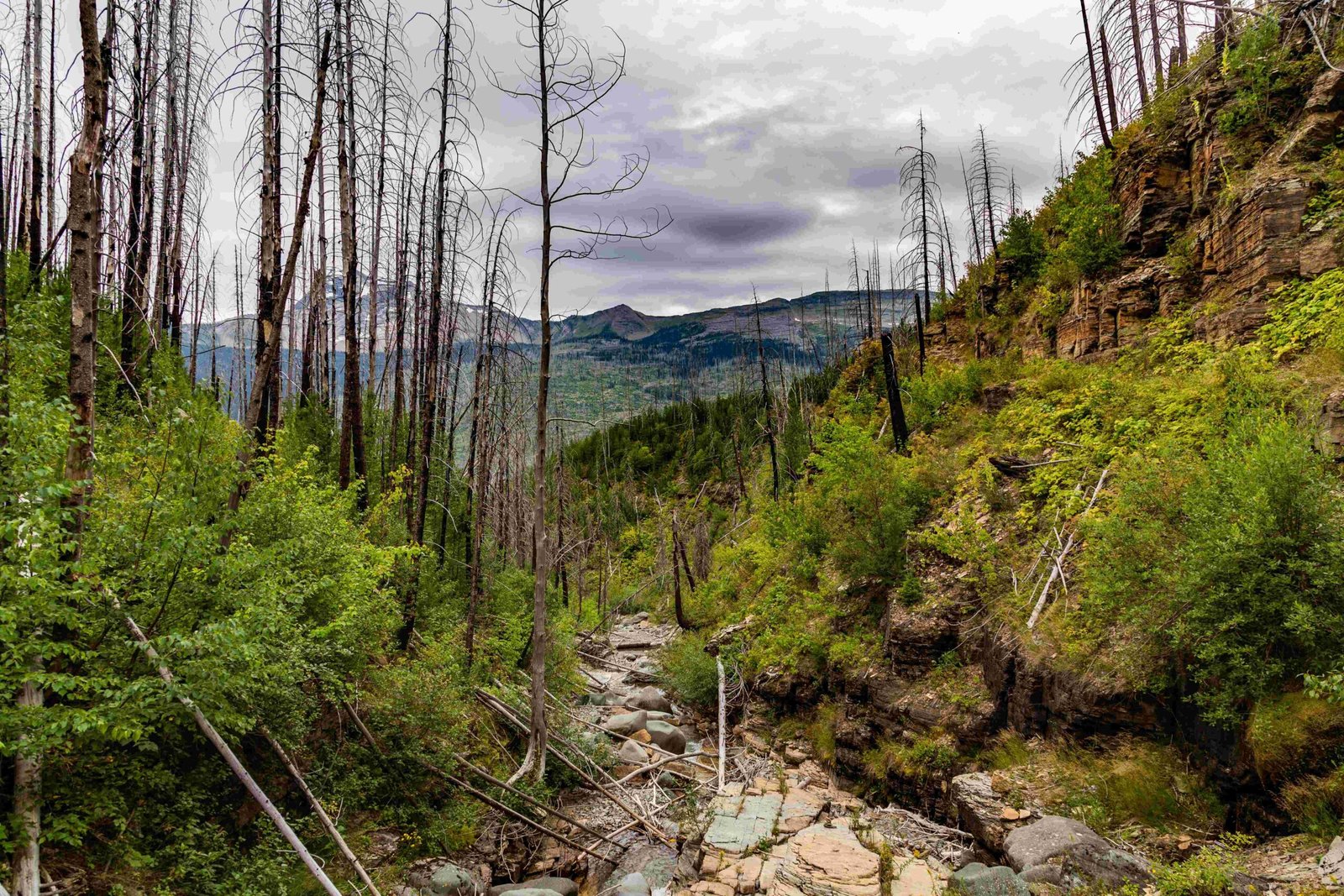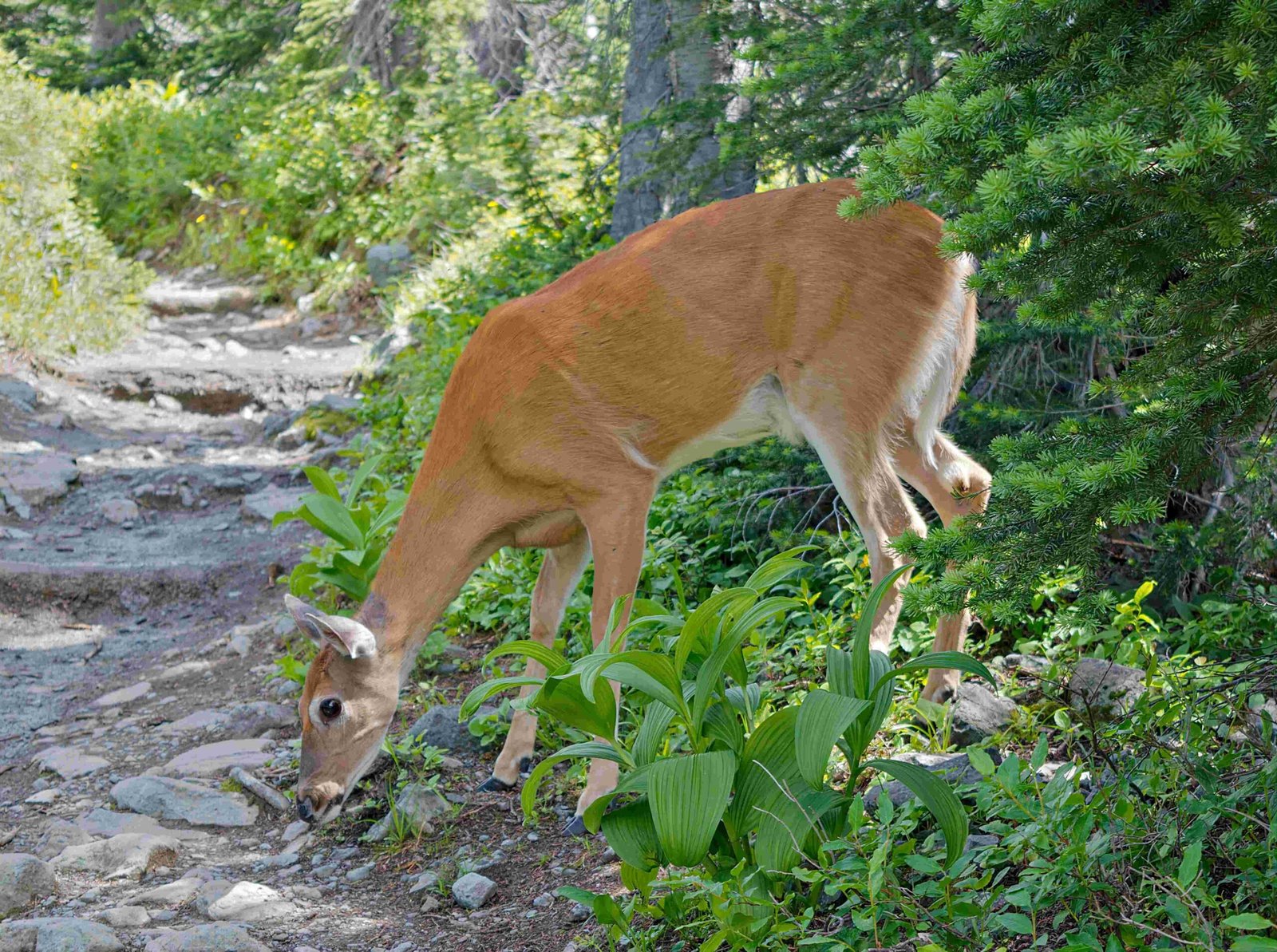Daniel B. Fagre’s research on the retreat of glaciers in Glacier National Park has revealed significant changes over the past century. His studies document a dramatic reduction in glacier size and number, with an average area reduction of 39% between 1966 and 2015. Fagre’s work highlights the accelerating impact of climate change on these iconic ice formations, providing crucial insights into the park’s changing landscape and ecosystem.
What Are the Key Findings of Fagre’s Research on Glacier Retreat?

Daniel B. Fagre’s extensive research on glacier retreat in Glacier National Park has yielded several crucial findings:
- Significant Reduction in Glacier Size:
- Every named glacier in the park reduced in size between 1966 and 2015
- Average area reduction of 39%
- Boulder Glacier experienced the largest reduction at 85%
-
Pumpelly Glacier had the smallest reduction at 10%
-
Decrease in Glacier Numbers:
- 26 named glaciers remained in 2016
- Down from 35 in 1966
-
Estimated 80 glaciers during the peak of the Little Ice Age
-
Overall Glacial Area Reduction:
- Total glacial area decreased from 99 km² at maximum glacial advance to 27 km² by 1993
- Represents a 73% reduction in glacial coverage since 1850
How Has Climate Change Impacted Glacier National Park’s Ice Formations?

Fagre’s research highlights the significant impact of climate change on the park’s glaciers:
- Historical Retreat:
- Glaciers have been retreating since the end of the Little Ice Age (around 1850)
- Retreat accelerated significantly after 1910
-
Rapid retreat observed between 1926 and 1942 due to above-average summer temperatures
-
Recent Trends:
- Renewed and accelerated retreat observed since 1979
- Attributed increasingly to anthropogenic climate change
-
Natural climate variability also plays a role
-
Temperature Correlation:
- Retreat rates correlate with climate trends, particularly summer temperature increases
- Between 1917 and 1926, glaciers retreated at a rate of over 40 meters per year
- From 1926 to 1932, the retreat rate exceeded 100 meters per year
What Methods Does Fagre Use to Document Glacier Retreat?
Daniel B. Fagre and his team employ various methods to document and study glacier retreat:
- Field Data Collection:
- Photographs taken from consistent vantage points
- GPS measurements
-
Stakes embedded into the ice to track changes in area, thickness, and overall mass
-
Repeat Photography Project:
- Comparison of historical photographs with current ones
- Visualizes retreat over time
-
Extensively documents sites like Grinnell Glacier, Swiftcurrent Glacier, and Jackson Glacier
-
Remote Sensing:
- Satellite imagery analysis
- Aerial photography interpretation
-
Helps in monitoring large-scale changes and inaccessible areas
-
Climate Data Analysis:
- Correlation of glacier retreat with temperature and precipitation records
- Helps in understanding the relationship between climate change and glacier dynamics
How Can Visitors Observe Glacier Retreat in the Park?
Visitors to Glacier National Park have several opportunities to witness the effects of glacier retreat:
- Hiking Trails:
- Many trails offer views of retreating glaciers
-
Popular routes include the Grinnell Glacier Trail and Iceberg Lake Trail
-
Scenic Viewpoints:
- Several accessible viewpoints provide distant views of glaciers
-
Many Glacier area offers views of several glaciers
-
Boat Tours:
- Some lake tours offer views of glaciers and glacial valleys
-
Provides a unique perspective on landscape changes
-
Ranger-led Programs:
- Educational hikes and talks often include information on glacier retreat
- Offers expert insights and historical context
| Observation Method | Difficulty Level | Best For |
|---|---|---|
| Hiking Trails | Moderate to Difficult | Close-up views, physical engagement |
| Scenic Viewpoints | Easy | Distant views, accessibility |
| Boat Tours | Easy | Unique perspectives, guided experience |
| Ranger-led Programs | Varies | Educational content, expert guidance |
What Are the Long-term Implications of Glacier Retreat in the Park?
Fagre’s research points to several long-term implications of glacier retreat in Glacier National Park:
- Ecosystem Changes:
- Alteration of water availability for plants and animals
- Shifts in species distribution and habitat
-
Potential loss of cold-water dependent species
-
Hydrological Impact:
- Changes in stream flow patterns
- Potential reduction in late-summer water supply
-
Alterations to aquatic ecosystems
-
Landscape Transformation:
- Formation of new lakes in glacial basins
- Increased rockfall and slope instability
-
Changes in vegetation patterns
-
Tourism and Recreation:
- Potential reduction in glacier-based attractions
- Need for adaptation in park management and visitor experiences
-
Opportunities for climate change education
-
Scientific Value:
- Continued importance as a natural laboratory for climate change research
- Potential loss of valuable climate records stored in glacial ice
How Does Fagre’s Research Contribute to Climate Change Understanding?
Daniel B. Fagre’s research on glacier retreat in Glacier National Park contributes significantly to our understanding of climate change:
- Long-term Data Collection:
- Provides a comprehensive record of glacier changes over time
-
Allows for analysis of long-term climate trends
-
Climate Change Indicators:
- Glaciers serve as sensitive indicators of climate change
-
Fagre’s work helps quantify the rate and extent of climate-induced changes
-
Model Validation:
- Observed glacier changes help validate and improve climate models
-
Enhances our ability to predict future climate impacts
-
Ecosystem Impact Assessment:
- Fagre’s research extends beyond glaciers to study broader ecosystem effects
-
Helps in understanding the cascading impacts of climate change on mountain environments
-
Public Awareness:
- Fagre’s work has been instrumental in raising public awareness about climate change
- Provides tangible evidence of climate change impacts in a beloved national park
Daniel B. Fagre’s research on the retreat of glaciers in Glacier National Park serves as a crucial case study in understanding the impacts of climate change on mountain ecosystems. His work not only documents the dramatic changes occurring in one of America’s most iconic landscapes but also provides valuable insights into the broader implications of global warming. As the glaciers continue to retreat, Fagre’s ongoing research will remain vital in informing both scientific understanding and public policy regarding climate change and its effects on our natural world.
References:
1. https://www.nps.gov/glac/learn/nature/glaciersoverview.htm
2. https://www.usgs.gov/centers/norock/science/status-glaciers-glacier-national-park
3. https://academic.oup.com/bioscience/article/53/2/131/254976?login=false